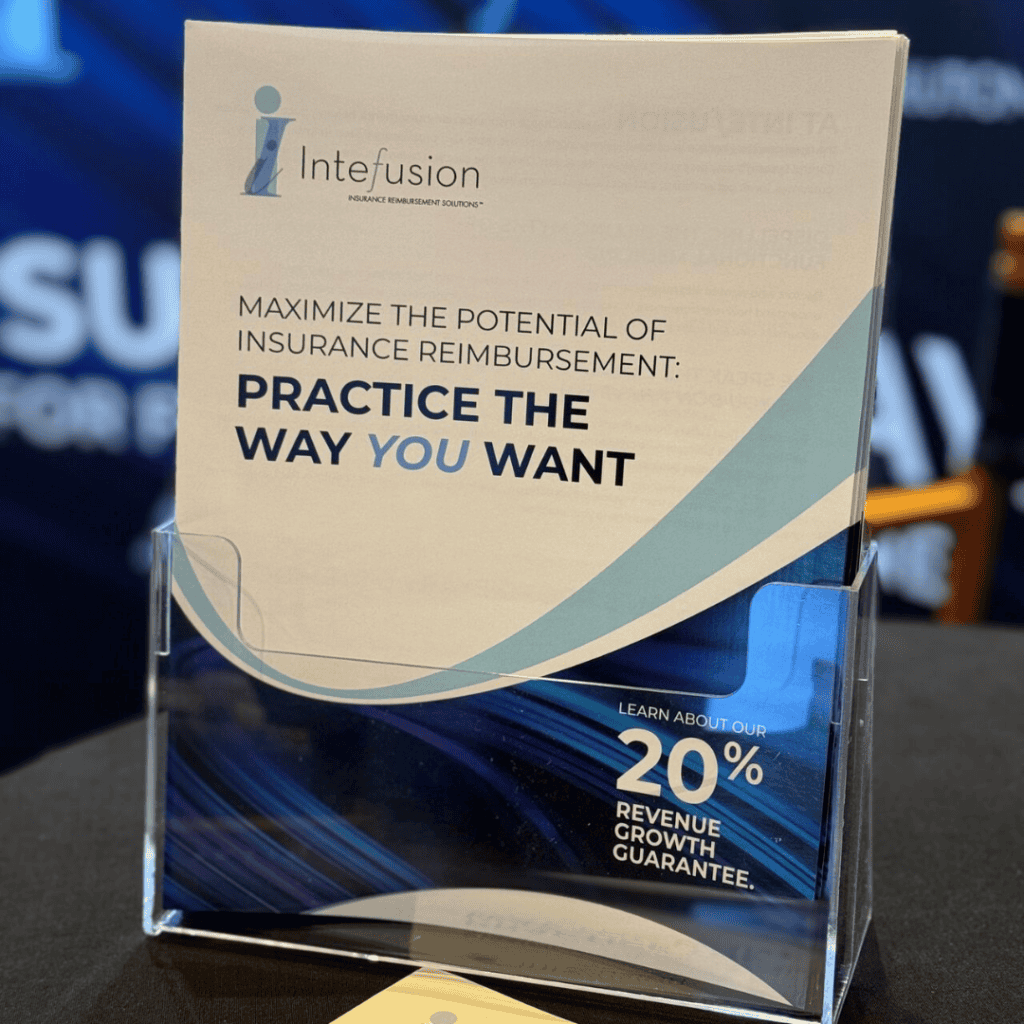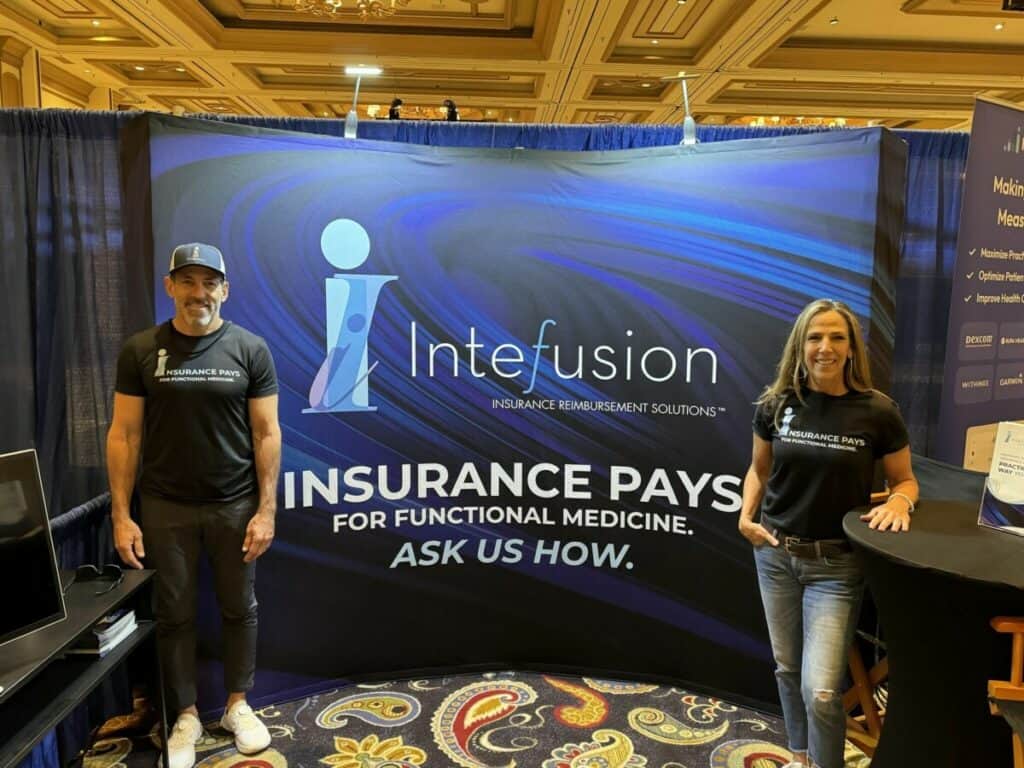Trade shows offer unparalleled sales prospecting opportunities. A booth exposes your brand message to hundreds or thousands of highly motivated professionals in your industry, with ample chances to directly engage with your team about their business challenges.
So much exposure means that trade show booths are expensive real estate. Depending on factors like the size of the show and its industry, a booth costs anywhere from $100 to $300 a square foot. It’s easy to spend $10,000—or even $20,000—on a booth. Maximizing the return on such an investment takes more than showing up. A strong presentation and a gregarious team at the booth both help.
Optimal results are only possible through the power of content marketing tools. The goal is to convert the transient connections made at the show into durable, long-term relationships. Make efficient use of the show’s email database. Have a strategy to stay in touch with the contacts who left their business cards at your booth’s collection jar. Be prepared to deliver value your prospects won’t soon forget.
Time to Shine: Trade Show Booth Must-Haves
Before covering strategies for extending the reach of your booth, let’s cover what goes into a superb booth. A substandard booth hurts your brand both at the show and after. Investing in a strong presentation is essential. A booth needs to pop.
These items form the skeleton of a trade show booth. Start here:
- A table or two. Unless the show provides tables, plan to bring the right number with you. Don’t worry; we’ll cover your table with something appealing.
- Seating. It’s practical to have a place to rest, but the main reason to bring a few chairs is to give your booth a spot where a long conversation can be conducted in comfort.
- Power solutions. Many trade show booths lack adequate power outlets or extension cords to meet every need.
- Storage. A bin or two tucked under your tablecloth ensures your supplies stay well organized and out of the way.
With the foundations of your booth taking shape, it’s time to think about the most elementary components of a successful presentation:
- An eye-catching backdrop. Use your company’s color palette and tasteful graphics to convey the specific message you want show attendees to see. A banner, custom-printed wall, or even a digital display will draw positive attention.
- A high-quality tablecloth. Invest in a durable, low-maintenance tablecloth in your company colors, embroidered with your logo. A first-rate cloth can be used for multiple shows.
- Impactful signage. Banners, posters, and table tents are staples at trade shows because they’re inexpensive and reinforce the core message you’re trying to convey.

Trade Show Booth Takeaways
With the booth sufficiently decorated, it’s time to contemplate the takeaways you can offer your booth’s visitors. The goal is to find your way into the visitor’s goodie bags. When they encounter your brand again, they’ll be reminded of the conversations they had with your team and be primed for the next touchpoint.
- Business cards. Everyone representing your company at the show needs a generous supply of high-quality business cards. Creating specialized cards for the show can be a winning strategy. For example, your team’s business cards could include a QR code that leads visitors to a landing page on your website built just for the show’s audience.
- A targeted brochure. Having your company’s general brochure on hand is fine, but it’s even better to print a specialized brochure that explains how you address the specific pain points of the show’s participants.
- Swag. Branded swag that ties your brand and services together is a powerful way to keep your name in front of attendees long after the show ends. Choose items with care to make sure you stand out and don’t just contribute to landfill. Go for objects that are useful or quirky.


Refine the Message
So far we’ve covered the physical objects that make a trade show booth work. The visual presentation of your booth needs to be backed up with a clear, strong narrative covering why your company is the right solution for the challenges facing the show’s attendees.
Most companies have an elevator pitch already devised. The pitch that works for most prospects may not be the best angle for people who attend the show. If you’ve ever spent time developing an elevator pitch, you know how tricky the choice of words can be. This is where a skilled wordsmith can be invaluable.
Your team at the show needs more than a pithy turn of phrase. They need a storyline. Develop a cohesive but concise explanation of what you do and how it delivers value. The brochure we mentioned above is a terrific opportunity to refine these messages. Make sure your team is aligned to deliver the same message to everyone with whom they speak.
Content Marketing Is the Secret Sauce
One of the major benefits of a trade show is that it’s in the real world. It moves people away from their screens to have in-person conversations with other professionals.
But Before and after the show, participants spend a considerable amount of time looking at screens. Having a strategy to put your brand on their screens is essential to attaining the most from your booth investment.
A trade show booth’s digital marketing strategies should begin before the show starts and continue for a few weeks afterward. Along with social media, consider using email.
Most trade shows offer the mailing list of attendees for a fee. The cost varies from a few hundred dollars to several thousand, depending on the size of the show and other factors.
These lists are typically worth it, provided you have a plan to exploit them. You can’t ask for a more targeted, current list of email addresses of the most motivated and interested people in your target demographic.
Here’s what a plan may look like:

Before the show.
Why wait for the show to expose participants to your value proposition?
Put your social media channels to work. Use hashtags related to the show to tap into the algorithm’s power to steer participants to your content. If the budget allows for it, consider paid advertising that targets likely show participants.
If you picked up the show organizer’s email list, craft a pre-show email to introduce your company. Bear in mind that you’re crafting a fairly cold email—your recipients don’t know you.
Be honest and direct. Explain why you’re emailing them and why they may want to talk to your team in person. Keep it short to respect their time. Only plan to send one or two pre-show emails. The goal is only to set the stage, not put on the whole performance.
After the show.
Once the show is over, reaching out to the connections you made is mandatory.
We recommend picking up the phone and calling anyone who left a business card with your team, especially if they had meaningful conversations. These are the people who are most keen to know more about your business. Don’t wait for digital content to do the work of a personal connection.
For the rest, we see strong results with post-show email sequences. These sequences, which can be prepared well in advance, are scheduled to hit your audience’s inboxes about once a week for a month or two after the show. A sequence reminds recipients about who you are and why you might be a good source of solutions for them.
As with pre-show emails, post-show messages need to be concise and direct. They also need to reflect the experience of the show itself. Add details that demonstrate the emails are coming from real people who were there.
Landing Pages and Lead Magnets Offer High-Impact Results
For businesses that want their trade show presence to establish a lasting impression, landing pages and custom lead magnet content are excellent choices.
A landing page is a specialized new page added to a company’s website. At a minimum, it can serve as a digital brochure for the show’s participants to read on their phones or at their desks.
By adding a lead magnet to a landing page, the page stops being passive and becomes an active source of leads for your business. A lead magnet is something of value that a user can download in exchange for details about the user, such as an email address, employer, and title.
Examples of lead magnets include “state of the industry” reports and topical forecasts. You can assume everyone going to the show wants to know what’s happening and what the experts think will happen next year.
Publishing a landing page or lead magnet well before a trade show creates a new center of gravity for your marketing efforts. Your pre-show emails will offer recipients real value, giving them significant incentive to click on your links. When they get to the show, they’ll remember your name and seek out your booth.
As a bonus, lead magnets also draw the attention of people who don’t attend the show.
Optimize the ROI on Your Next Trade Show Booth
Whether you’re new to hosting trade show booths or you’re pursuing ways to step up your game, Red Mallard’s team of creative professionals will ensure your show is a success. We provide everything you need to make your booth a triumph: professional copywriting, design, content deployment, print coordination, consulting, and more.
Connect with us today to begin planning your next successful trade show booth.